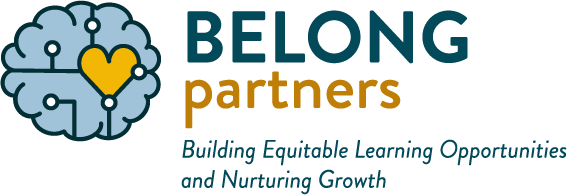Problem solving is second nature to many educators. For students, it is a vital skill they needs to learn and practice continuously. Sometimes, it feels easier to simply tell kids what to do rather than engage them in the problem-solving process. However, every time we solve a problem for a young person without their input, they miss out on an opportunity to brainstorm solutions and try them out.
Ultimately, if we practice problem-solving, it will make our jobs in the classroom easier. We won’t need to solve every single conflict between students. This article from the Brookings Institution shares teachers’ perspectives on teaching and practicing problem solving.

Here are a few ideas for supporting your school community to engage in and practice problem solving skills:
Use problem-solving class meetings
Students want and need to be heard. When teachers cultivate student input in the classroom, proactively engaging students in planning and problem solving, students are empowered and more committed to their school community. Teachers can do this by co-creating agreements with their students. Classroom meetings also engage students in forming transitional routines and procedures, and engage them in decision-making.
BELONG Partners provides some great resources to support establishing and consistently holding class meetings:
- This three-minute video of a class meeting in a BELONG Partners school is a great example.
- Our Path to Problem-Solving Class Meetings worksheet presents a routine and structure for building social emotional skills and allowing students to help each other solve problems.
- Join our next Rooted Relationships: Growing Equitable Classroom Communities workshop online or in-person. This workshop brings together the most helpful and practical tools, including classroom meetings, from the latest brain science research, culturally responsive teaching, trauma and attachment theory, and social emotional learning.
Engage the entire community in problem solving
School is a community, and trust is essential. To build trust, prioritize efforts to form bridges from school to home. When the local community is involved, solutions to problems may more effectively address issues not initially evident to the school leadership. Engagement shouldn’t end with helping to create solutions. Ask how parents and caregivers want to be engaged.
Administration should involve staff, caregivers, and the surrounding community. These stakeholders feel respected and connected when their voices are integral in creating solutions,
Find additional ways to center student voice and foster student engagement
This Edutopia article shares ways to involve students. This helps them develop essential life skills and inspires them to feel capable and sure of their belonging and significance. Classrooms with fully engaged students who use their skills and their voices to co-create their school environment develop people with critical thinking skills. They also develop planning skills, communication skills, and a sense of being worthy members of their world. This is how students and schools will thrive.
Trust Students’ Ability to Solve Hard Problems
It is paramount that we believe in students’ ability to grapple with difficult issues, brainstorm creative solutions, and enact solutions together. Students can intuitively tell when educators don’t believe they can do something. It impacts how they engage in the classroom. This student shares their perspective on how necessary it is to learn to solve problems as a young person.
Designing Our Own Learning (DOOL) is a BELONG Partners program which brings students and teachers together to catalyze youth voice and leadership. The program promotes teacher/student collaboration as they work together to co-create projects. The aim of the projects is to foster a more equitable, inclusive, and student-driven experience at schools. Read about our recent 5th annual DOOL summer intensive, a great example of how teachers and students can identify issues and problem-solve to create solutions together.
Adults need to master the skill of problem solving to function in a collaborative community. When we ask young folks to help in solving practice problems, scaffolding up to real life, larger problems, we help prepare the next generation to thrive. Problems will always pop up, and when we are equipped with tools to solve them, we all benefit and learn together.
